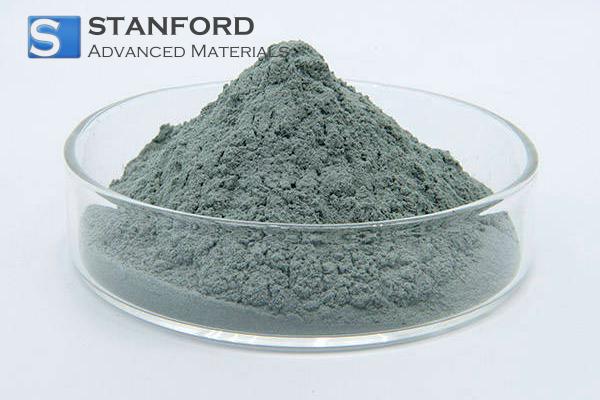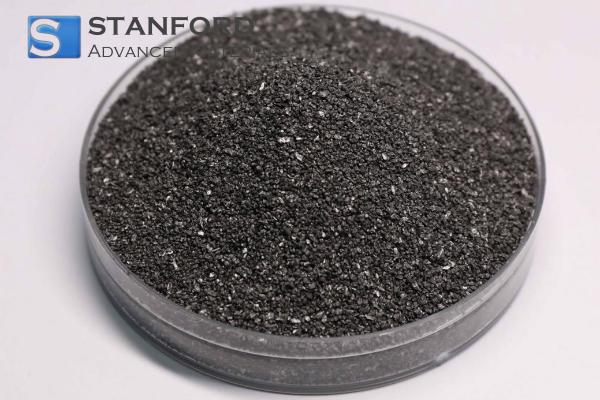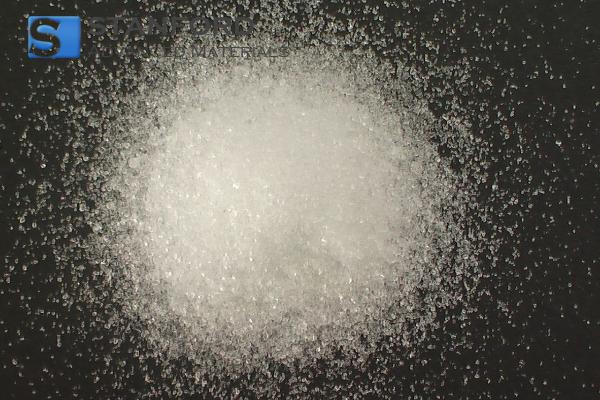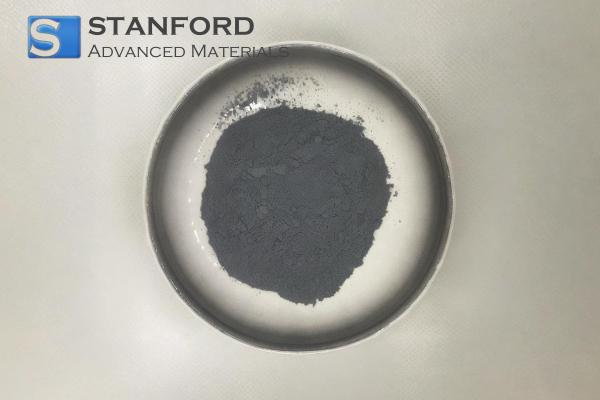Photosensitive Materials And Their Applications
What are photosensitive materials?
Photosensitive materials are substances that react to light exposure. They may undergo physical or chemical changes, such as a change in colour, a modification in structure or the production of an electrical charge. The level of photosensitivity varies between materials, which is why different photosensitive materials are used in applications such as photography, data storage and medical technology.
Types of photosensitive materials
1.Photopolymers
Photopolymers alter their chemical structure when exposed to light, often in the presence of a photosensitiser. They are used in 3D printing, imaging and printing techniques.
2)Photoconductors
These materials change their electrical conductivity when exposed to light. Common photoconductors include selenium and Cadmium sulphide, which are used in devices such as photocopiers and light sensors.
3.Organic photoreceptors
These consist of organic materials that respond to light. They are employed in digital cameras and scanners. Organic photoreceptors convert light into an electrical charge.
4.Photographic films
Conventional photographic films contain silver halides that undergo a chemical change when exposed to light, and are then developed into visible images.
5Photoresists
Photoresists are light-sensitive coatings used in photolithography for semiconductor manufacturing. They are employed to create patterns on wafer surfaces for the production of microelectronic circuits.
How do photosensitive materials work?
Photosensitive materials function by absorbing light energy and altering their properties. These changes may be chemical, physical or electrical. In photopolymers, exposure to light initiates a polymerisation reaction, whereas in photoconductors, light exposure increases electrical conductivity.
The most common mechanism is the photoelectric effect, whereby electrons are ejected from a material as a result of light absorption. This phenomenon is used in devices such as solar cells and image sensors in digital cameras.
Applications of photosensitive materials
1)Photography and imaging
One of the earliest applications of photosensitive materials is photography. Silver halide-based films record images through chemical changes on light exposure. Digital cameras also use photosensitive sensors to capture light and convert it into digital data.
2)Solar cells
Photosensitive materials are vital for the operation of solar cells. Materials such as silicon and organic photovoltaics absorb sunlight and convert it into electrical energy. Improvements in these materials contribute to reduced costs and enhanced efficiency.
3)Data storage
Photosensitive materials are utilised in optical data storage media such as CDs, DVDs and Blu-ray discs. A laser beam etches data into a photosensitive layer, which then allows the information to be read.
4)Semiconductor manufacturing
The semiconductor industry depends on photosensitive materials in the form of photoresists. Photolithography employs light to etch fine patterns onto silicon wafers, thereby facilitating the production of integrated circuits for computers and other electronic devices.
5.Medical devices
Photosensitive materials are used in medical devices such as phototherapy lamps for skin treatments and diagnostic instruments like optical coherence tomography (OCT), which is employed for imaging tissues and organs.
6.Printing technology
In offset printing, photopolymers and photoresists are used to produce printing plates. These materials are exposed to light to form images on the printing surface before transferring ink onto paper.
7.Light sensors and detectors
Light sensors, such as photodiodes and phototransistors, are based on photosensitive materials that detect light intensities. They are deployed in systems ranging from automated lighting controls to exposure management in cameras and medical instruments.
Frequently Asked Questions
What makes a material photosensitive?
A photosensitive material absorbs light energy and alters its physical or chemical properties. Depending on the material, this change may involve a modification in colour, structure or electrical characteristics.
How do photosensitive materials differ from regular materials?
Regular materials remain unchanged when exposed to light, whereas photosensitive materials exhibit measurable changes. This property makes them useful in technologies such as imaging systems and solar cells.
Are there any risks associated with the use of photosensitive materials?
Some photosensitive materials may be toxic or hazardous, particularly if they release harmful by-products during chemical reactions. Specific photoresists used in semiconductor manufacturing must be handled and disposed of according to strict environmental guidelines.
What benefits result from using photosensitive materials in solar energy?
Photosensitive materials are essential for solar cells, where light is converted into electricity. More efficient photosensitive materials can reduce costs and improve energy conversion efficiency, thereby aiding the transition to renewable energy.
Can photosensitive materials be used for applications that are not based on light?
Although photosensitive materials are mainly employed in light-based applications, some are also used in non-light-based processes. For example, they are utilised in the production of chemicals or polymers that react to specific wavelengths of light to enable controlled reactions.

 Bars
Bars
 Beads & Spheres
Beads & Spheres
 Bolts & Nuts
Bolts & Nuts
 Crucibles
Crucibles
 Discs
Discs
 Fibers & Fabrics
Fibers & Fabrics
 Films
Films
 Flake
Flake
 Foams
Foams
 Foil
Foil
 Granules
Granules
 Honeycombs
Honeycombs
 Ink
Ink
 Laminate
Laminate
 Lumps
Lumps
 Meshes
Meshes
 Metallised Film
Metallised Film
 Plate
Plate
 Powders
Powders
 Rod
Rod
 Sheets
Sheets
 Single Crystals
Single Crystals
 Sputtering Target
Sputtering Target
 Tubes
Tubes
 Washer
Washer
 Wires
Wires
 Converters & Calculators
Converters & Calculators
 Write for Us
Write for Us





 Chin Trento
Chin Trento



